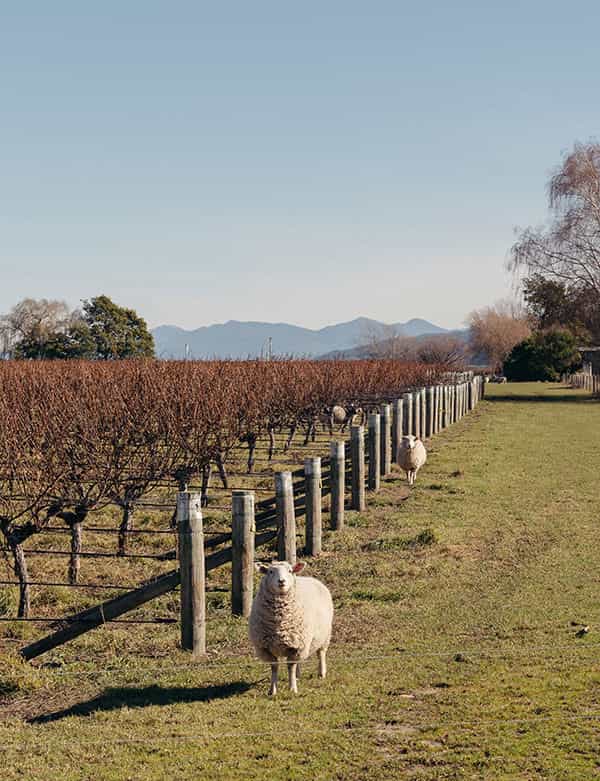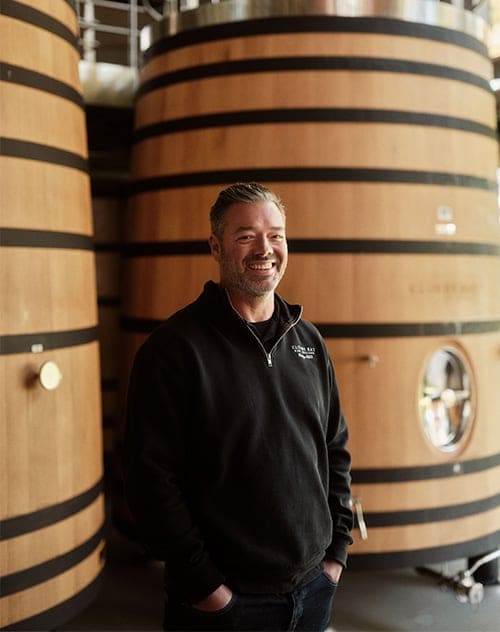
Origins
About us
The Cloudy Bay story is one of vision, adventure and captivating flavour. Read on to discover how a single sip of Sauvignon Blanc changed the world of wine for good.

The yarn
In 1983 David Hohnen tasted his first Marlborough Sauvignon Blanc. Captivated by its intensity, he began a journey to bottle the essence of Marlborough and share it with the world.
He and winemaker Kevin Judd launched Cloudy Bay in 1985 to international acclaim, with a Sauvignon Blanc that put New Zealand wine on the map.
Cloudy Bay’s legacy began in Marlborough with Sauvignon Blanc and now includes Chardonnay, Pinot Noir and Pelorus méthode traditionnelle. The spirit of adventure continues with Te Koko, a barrel-fermented Sauvignon Blanc, and Te Wāhi, a sophisticated Central Otago Pinot Noir from our two special southern vineyards.




Cloudy Bay vineyards
MARLBOROUGH
In Marlborough we farm 163 parcels of vines and 65 grower blocks. Those parcels closer to the Wairau River have stony, sandy and free-draining soils ideal for the iconic Sauvignon Blanc. Further south of the river in the Southern Valleys, the Pinot Noir and Chardonnay vineyards love the heavy clay-based soils. These soils and Marlborough’s maritime climate work in harmony to set the stage for Cloudy Bay’s captivating style of wine.
CENTRAL OTAGO
Cloudy Bay's two Central Otago vineyards have complementary terroirs. Calvert, in Bannockburn, has loamy, silty soils and gentle slopes that produce wines with fine tannins and silky textures. Northburn’s rocky, glacial soils and extreme slopes produce wines of structure and intensity. Blending grapes from the two contrasting sites gives the Cloudy Bay Te Wāhi Pinot Noir its poise and power.

Meet the Cloudy Bay team
Without our winemaking crew, all we’d have is grapes. Meet the people behind the wines.

Meet our crew
Great wine by great people. From vineyard to bottle, our crew is is committed to unwavering quality. Read on to meet some of the key people at Cloudy Bay.

Sustainability
We believe New Zealand is the world’s most inspiring work of nature. It’s where we grow some of the world’s most inspiring wines too, so protecting it is the natural thing to do. After all, what’s good for the world is good for the wine.



























